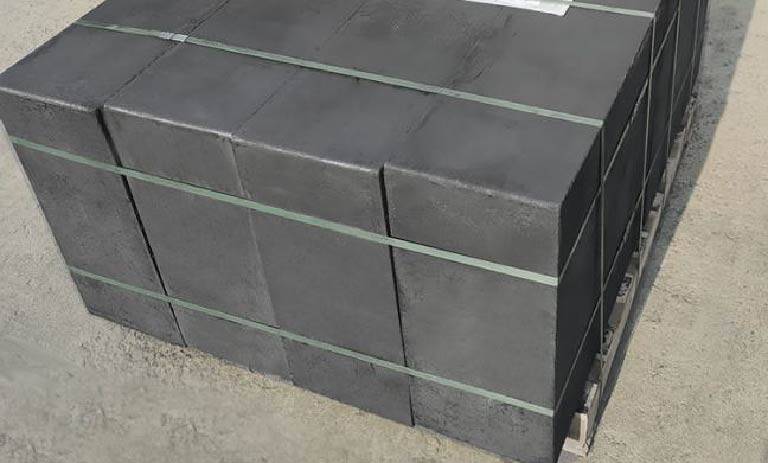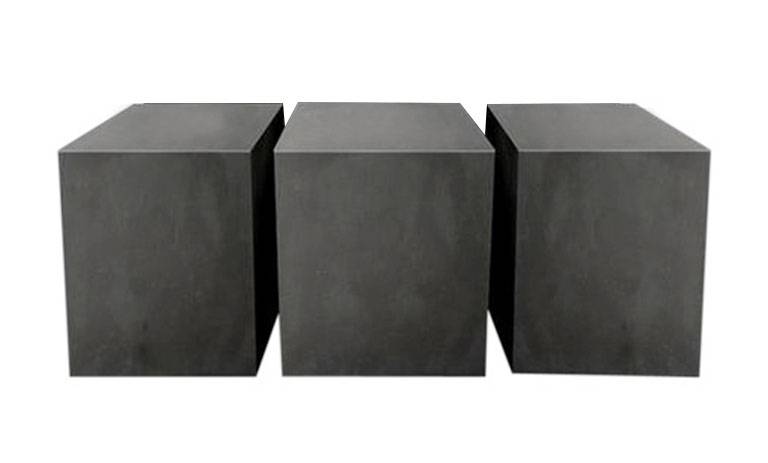What Are The Properties and Applications of Isostatic Graphite?

Isostatic graphite is a type of specialty graphite made by compressing a mixture of raw materials into blocks using a cold isostatic press. This process results in fine-grained graphite with outstanding properties such as good electrical and thermal conductivity, excellent mechanical properties, and isotropy. Isostatic graphite is a popular choice in various industrial and scientific fields.
Properties of Isostatic Graphite
- Fine-grained structure: This fine-grained structure contributes to its uniformity and consistency.
- Uniform particle size: The CIP graphite has a finer particle size distribution than other graphite materials, such as extruded or vibration-formed graphite.
- Excellent electrical conductivity: The isotropic graphite block has excellent electrical conductivity and is suitable for applications requiring efficient electrical conduction.
- High thermal conductivity: Isostatically pressed graphite has high thermal conductivity, enabling efficient thermal conductivity in a variety of industrial and scientific applications.
- Excellent mechanical properties: isostatic pressed graphite has excellent mechanical properties, with high strength, stiffness and dimensional stability.
Applications
- The graphite materials is utilized across various industries, playing a crucial role in the foundry sector, particularly in processes such as continuous casting of copper alloys, aluminum degassing, and precious metal casting.
- It boasts excellent properties that render it ideal for high-temperature environments and sintering applications.
- Moreover, it is a preferred material for electric discharge machining (EDM) due to its outstanding characteristics.
- The semiconductor, vacuum heat treatment, and photovoltaic industries also extensively utilize the synthetic graphite.
- In contemporary times, high-grade specialty graphite finds application in fields like heat treatment technology, the metallurgical industry, glass manufacturing, and battery production.
- As technology advances and industries develop, the applications of the graphite materials continue to expand.
In summary, isostatic graphite with its excellent properties, such as fine particle structure, uniform particle size, excellent electrical and thermal conductivity, excellent mechanical properties, are widely used, become an indispensable material in various industrial and scientific engineering fields.
Handpicked Related Content:




